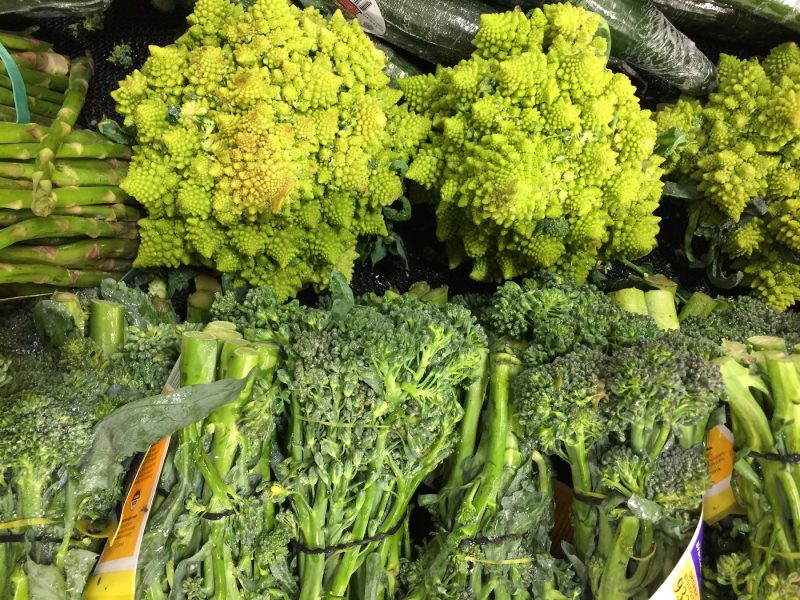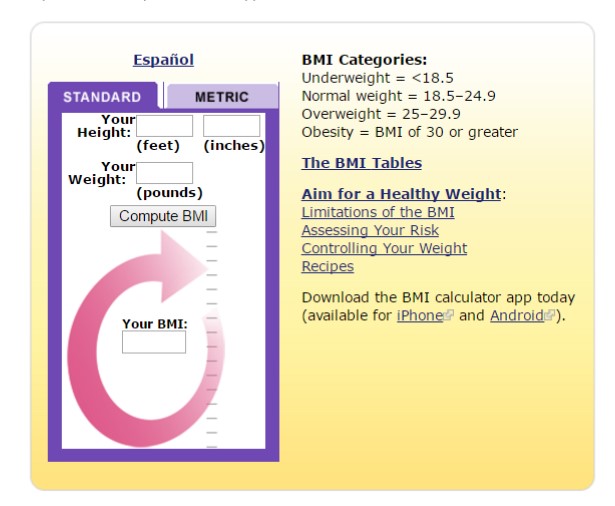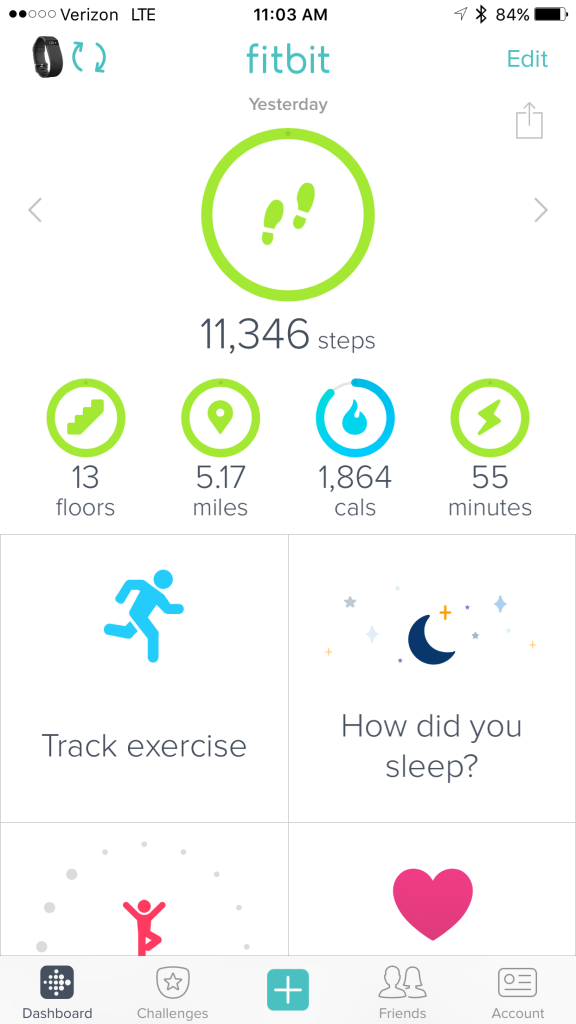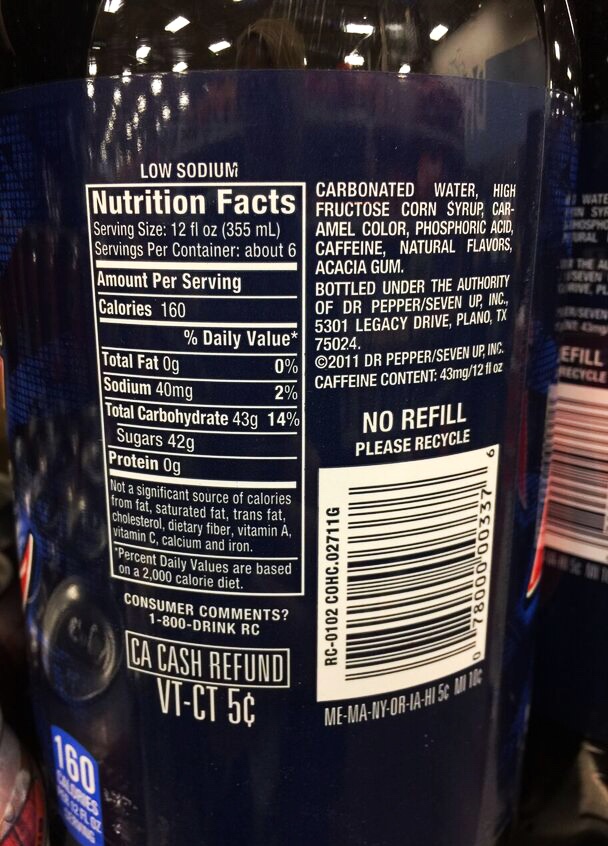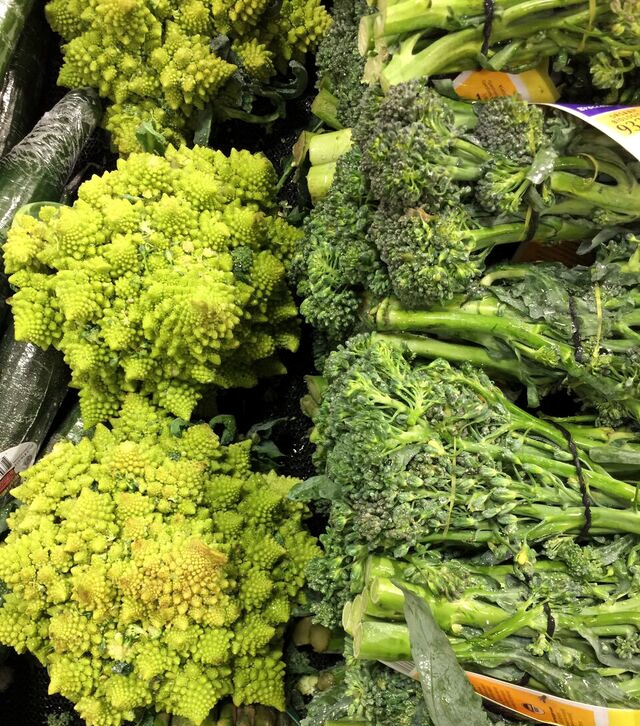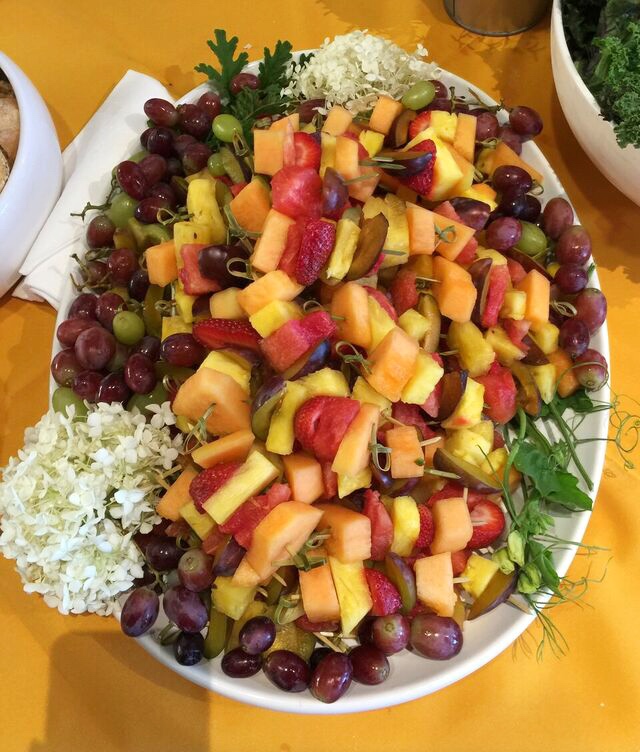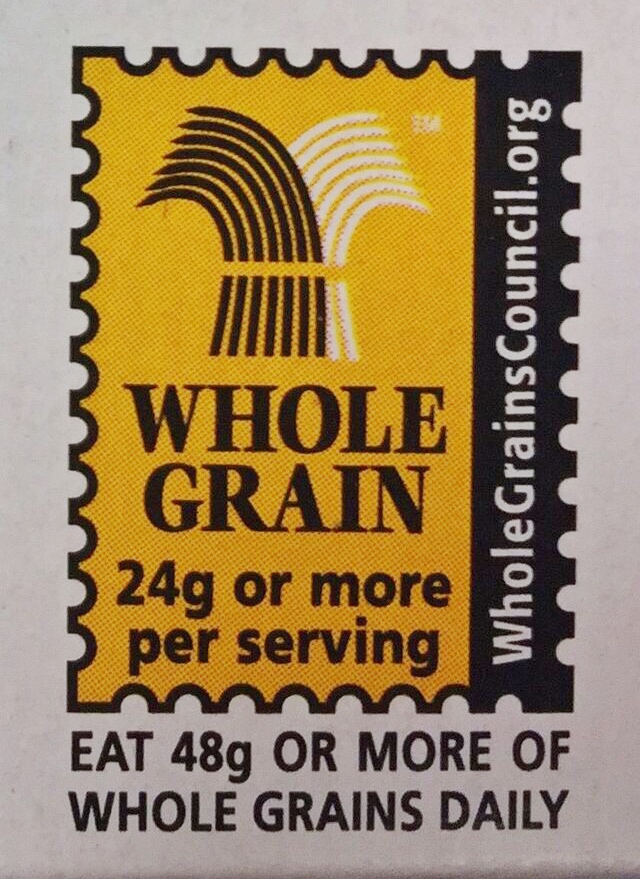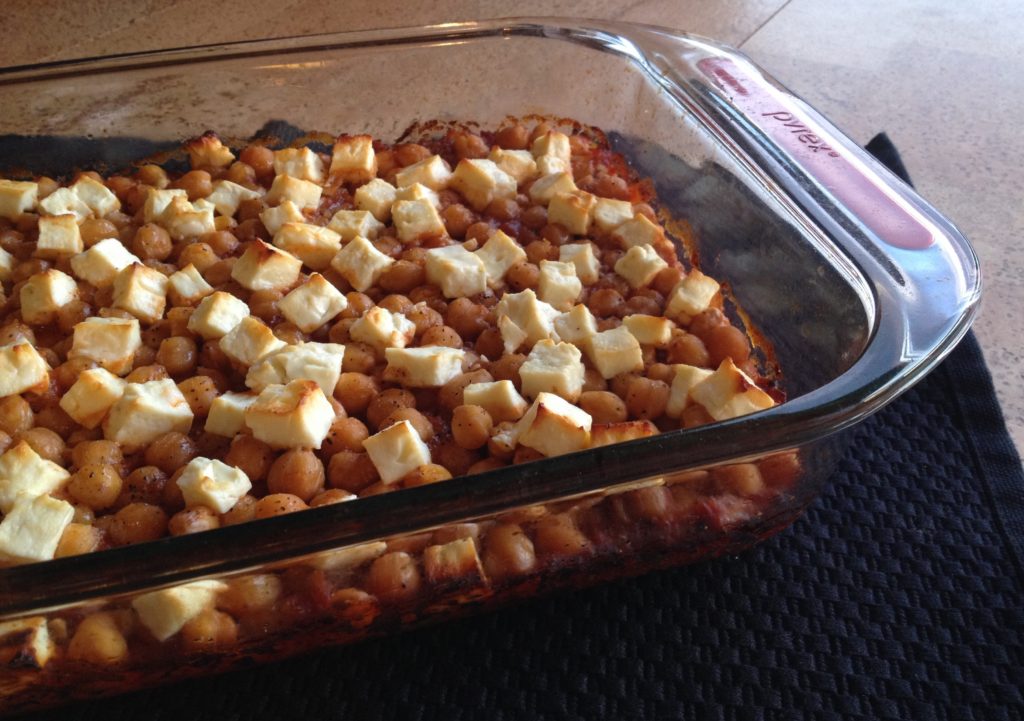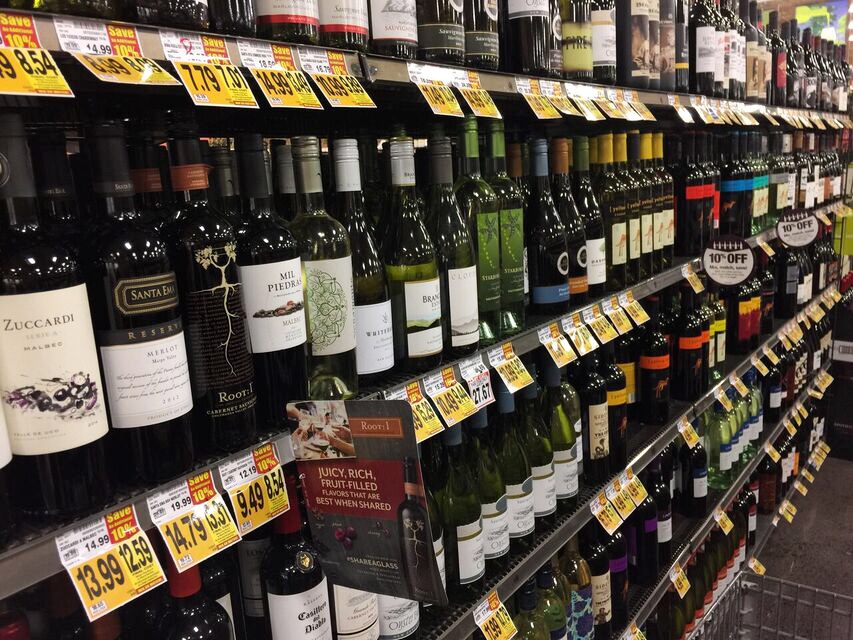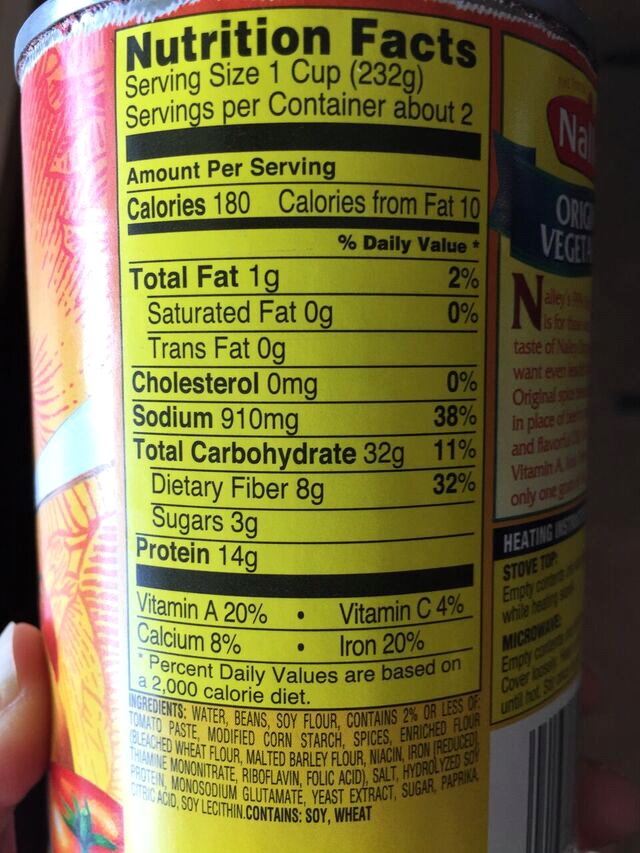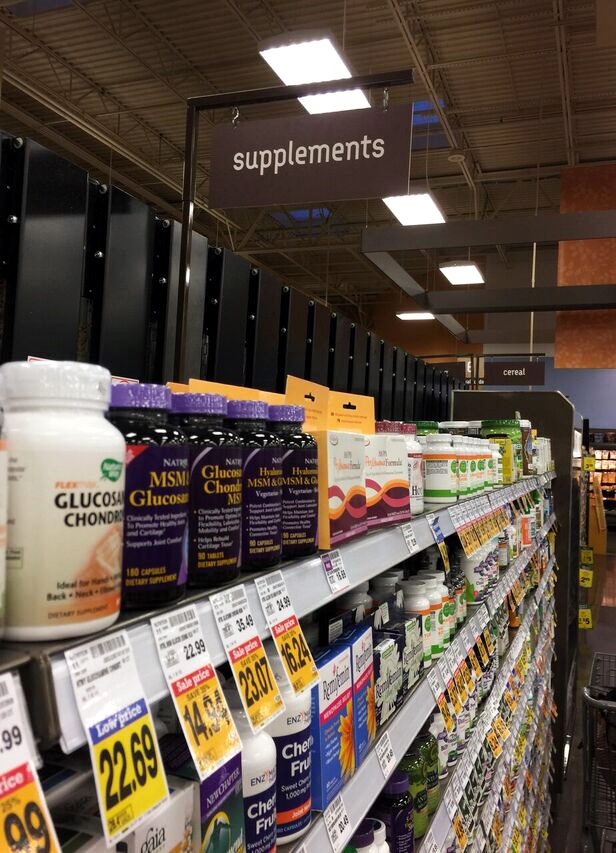Cancer has touched my family, my friends, and my colleagues. Sadly, I’m sure many of you can say the same. It’s a frightening disease that causes pain and suffering in unimaginable ways. Because most of our conversations about cancer are understandably rather somber, I get excited when there is even the slightest bit of something positive to share.
A good percentage of cancer diagnoses can be tied to lifestyle choices, which means we can choose to lower our risk in meaningful ways.
We have some clues about the remaining 80% but many of the direct causes are still unclear. Sun and radiation exposure, genetics, and tobacco use are big pieces of the puzzle, leaving some of the risk factors under our control and some out of our control. The good news is that we know enough about the contribution of diet to make the following list of recommendations. The original 10 are from the American Institute for Cancer Research, but I’ve divided up a couple of tips for clarity so my list is a tad longer.
1. Be as lean as possible without becoming underweight.
OK, I know this isn’t a groundbreaking recommendation. (Most of the items on this list aren’t, but that doesn’t mean they don’t bear repeating. Or that the research doesn’t continue to support choices in the same general direction.)
The current standard for assessing someone’s body weight as healthy, overweight or underweight is the Body Mass Index (BMI). You can figure out yours using this online calculator. Yes, it has some limitations, but it’s a good starting place. You could take things further, if you’re feeling all sciencey, by getting your body fat checked too.
If you are brave enough to check your BMI, you might be confronted with evidence that you need to change your weight. If so, there’s a tool I can recommend for making a plan to gain or lose: Body Weight Planner. Despite all the fancy diet books out there telling you that special combinations or timing of food is the answer, or companies selling diet pills, it’s essentially a matter of energy balance: calories in and calories out. This weight planner tool will give you an idea of how many calories make sense for you depending on your goals. Then you can decide how to make that happen and there are a multitude of ways to do that, whether it’s tracking your intake using MyFitnessPal or shrinking your portions or using a commercial program like Weight Watchers. This recommendation makes the list at number 1 because it’s very likely the most impactful for the overall picture of our health.
2. Be physically active for at least 30 minutes every day.
Finding room in your day, every day, for 30 minutes of activity requires some planning. This probably isn’t something that’s going to become a regular habit if you think you’ll get it done the next time you have a half hour available. Life will get in the way and the 30 minutes will get filled with something else. I find I have to intentionally make room for exercise or it gets forgotten. I either need to do it first thing in the morning before I start my day, or actually get it on my schedule so I treat it like a real appointment instead of an optional activity.
Happily, there are tools to make meeting this goal easier. I find the data from my Fitbit to be incredibly valuable, and the trash talk from my Fitbit buddies to be incredibly motivating. My most reliable form of motivation, however, comes from friends who invite me to go walking or hiking, or play pickle ball, so that moving becomes an enjoyable social activity instead of a must-do solitary slog.
3. Limit sedentary habits.
Sedentary habits include television watching and most any activity involving screen time. It’s also any kind of sitting, whether it’s in the car, on the couch, or in your office chair. Again, an activity monitor might be just the thing to show you how much of your day is spent on your rear and many of them provide prompts to remind you to occasionally stand up and shake your booty.
4. Avoid sugary drinks.
But sugary drinks are our favorites, right? Soda, jacked up coffee drinks, sweetened iced tea, energy drinks, vitamin-spiked water, and even sports drinks are our preferred forms of liquid. But the added sweeteners and unnecessary calories (which takes us back to recommendation #1) can be troublesome.
You may be wondering if you were in fact able to move away from these sweet sips, what would you drink instead? Water! Let’s get excited about water! It should be our first choice most of the time, but if you find it boring, as many people do, consider making a flavored water to give it a little more appeal. Unsweetened coffee and tea would be next on the list, as they offer some phytochemicals that may be beneficial. Plant-based milk can be a nutrient-dense choice as well, but be sure to check the label for added sweeteners. And if you’re the fizz-loving type, consider this alternative to soda.
(If you want to read more about this topic, and get additional suggestions for satisfactory sippers, I’d recommend the Healthy Beverage Guidelines from Harvard School of Public Health.)
5. Limit consumption of energy-dense foods.
Energy-dense foods provide a lot of calories in a small package; think butter, candy, cake, fast food, and donuts. (There are some healthful energy-dense foods as well including olive oil, nuts, and seeds.) But notice that the recommendation says “limit”, not “eliminate”. These foods can be included in a healthy, low-risk diet if they’re somehow moderated. The best way to do this is with label reading and portion control. Reading the label will cue you in to which foods are loaded with calories for each serving, and portion control will allow you to enjoy these foods without going overboard.
6. Eat more of a variety of vegetables.
Most veggies are nutrient-dense, low calorie, high fiber powerhouses. It really pays to put them on our plates more often, and variety is key. If you’ve gotten in a green smoothie groove with spinach, maybe try tossing some baby kale or chard in the blender instead. If you’re a fan of broccoli, try swapping in Romanesco broccoli or broccoli raab (pictured below) for something similar but a tad more adventurous. Or at the very least just rotate your vegetable side dishes at dinner. If you make 7 dinners a week, try having a different veggie every night instead of repeatedly relying on familiar favorites like frozen corn or canned green beans.
7. Eat more of a variety of fruits.
The same vegetable advice goes for fruits: shoot for variety. And try to include them at breakfast, lunch, and dinner whenever possible. Fresh, frozen, and dried are all reasonable and tasty choices.
8. Eat more of a variety of whole grains.
When I talk about whole grains with students, the most common foods that come to mind are brown rice and whole grain bread. These are both fabulous ways to up your daily whole grain quotient, but there are so many other opportunities to opt for a whole grain version of something you’re probably already eating. There are whole grain English muffins, tortillas, pitas, crackers, pasta, hot and cold cereal, buns, rolls, pancakes, and waffles. There are also stand-alone whole grains that can take the place of rice or other starches like quinoa, barley, and steel-cut oats. If you’re not sure exactly how to find a whole grain in the store, keep an eye out for packages marked with the Whole Grain Stamp.
9. Eat more of a variety of legumes, such as beans.
After years of talking with patients about their dietary habits, I feel like legumes are missing from most American kitchens, which is a shame. There are so many to choose from, they’re incredibly nutritious, and remarkably high in protein. You’ve got your black beans, pinto beans, kidney beans, mung beans, adzuki beans, green soy beans, navy beans, and garbanzo beans but also split peas and lentils.
We’re used to seeing them in chili and split pea soup, of course, but these high fiber nuggets can make their way into salads, casseroles, tacos, snacks, pasta dishes, and even desserts. If you’re willing to go out on a limb with lentils, and get them into your weekly meal plan, try this salty sweet Spinach and Lentil Salad with Lemon Vinaigrette.
10. Limit consumption of red meats (such as beef, pork, and lamb) and avoid processed meats.
I don’t typically talk much about meat on this blog, but this is a good opportunity. Most of the research on meat and cancer has implicated red meat and processed meats specifically. Processed meats include any meat that’s had something added to it or been treated in a way to extend the shelf life. This usually includes salting, curing, smoking, or adding preservatives, so the meat is no longer considered fresh.
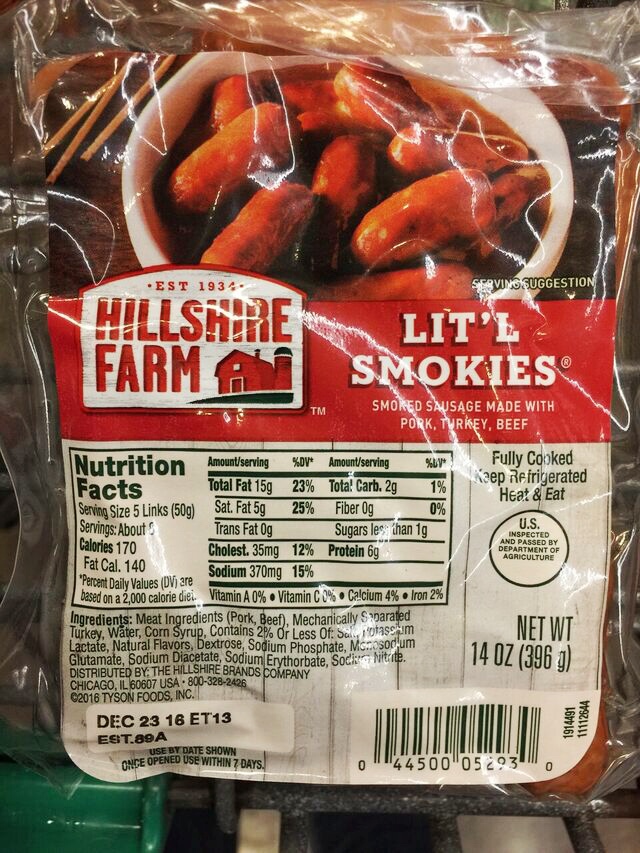
You might notice the recommendation on processed meats is rather strict. It doesn’t just say “limit”, it says “avoid”. That means bologna, hot dogs, salami, bacon, sausage, and jerky are essentially off-limits. I know that may be tough to take for some people. Maybe think of it this way: if you’re taking some of these foods off of your plate, there will be more room for the protective vegetables, whole grains, and legumes.
11. If consumed at all, limit alcoholic drinks to 2 for men and 1 for women a day.
I could write a whole post just on alcohol, and I may someday. But for now, I’ll just tell you that 1 drink is equal to 12 ounces of beer, 5 ounces of wine, or 1.5 ounces of hard alcohol. I know you’ve probably heard that some alcohol may be good for your heart, but the research with cancer is not so positive. It should be avoided altogether or consumed with careful moderation.
12. Limit consumption of salty foods and foods processed with salt (sodium).
Salt tastes good, which is why our tongues are drawn to salty foods. But consuming too much of this flavor enhancer over a lifetime appears to be risky. If you monitor your sodium intake, even for just a day, you might be shocked at what’s in your food and ultimately in you. Take advantage of the tools we have to give you the information you need to monitor the situation like food tracking apps and food labels. And consider relying on other more healthful flavor boosters like fresh herbs or citrus juice to make your tongue happy.
13. Don’t use supplements to protect against cancer.
If there’s one thing we do know it’s that there’s no easy way to prevent cancer with a pill. If there’s another, it’s that pills are not the same as food. We’ve only begun to identify what exactly it is in the foods recommended above that are protective, so removing one component and putting it in a supplement in no way offers the same advantages as consuming the whole food itself. Stick with the real thing which gives you color, taste, and satisfaction, in addition to health benefits.
Besides these general recommendations from AICR, there are a couple that are targeted to specific groups of people. First, mothers are recommended to breastfeed exclusively for up to 6 months before adding other liquids and foods to an infant’s diet. Also, after treatment, cancer survivors should follow these same recommendations for cancer prevention.
While we’re on the topic of survivors, I’d like to make an important point. I was lucky enough to teach a class to cancer survivors a few years back and I had one of those moments that you never forget. After talking for quite a while about strategies for reducing risk that are under our control (like I’ve done here) one participant shared his response with the group. He said that while these suggestions made sense and he was happy to have something tangible to work on, he often felt these conversations laid blame at the feet of the person with cancer. Like if it was this easy they could’ve prevented it on their own in the first place. That is most definitely not the message I’m trying to convey here.
Cancer is still mostly a mystery to us, though we learn more every year with continued research. So in sharing dietary strategies thought to lower overall risk, I’m not suggesting this is a surefire strategy for avoiding cancer altogether or that diet is the only factor influencing disease. I just want to offer up tools to help someone improve their food choices and health, and a little hope that we might be able to improve our odds going forward.
I know a list of 13 To Dos can feel overwhelming. Consider picking just one to focus on. The easiest one. The one you think is manageable and doable without too much effort. Get that one under successfully under your nutritional belt before maybe tackling a second one. You might also consider that you’re going to get a lot of bang for your buck. Many of these same Dietary To Dos are recommended to lower your risk of high blood pressure, heart disease, diabetes, and stroke as well. Now that is a lot of good news in one list.
I’m curious. Which one of these recommendations seems the easiest to adopt right away? And which one seems nearly impossible given your current diet?

Kristine Duncan, Registered Dietitian
I’m a Registered Dietitian, the author of Veg Girl RD, and a vegetarian who loves to eat. I’m a nutrition nerd who teaches at the University of Washington and Skagit Valley College. I also write about nutrition professionally for magazines and books. If you want to know more, check out my About page.

